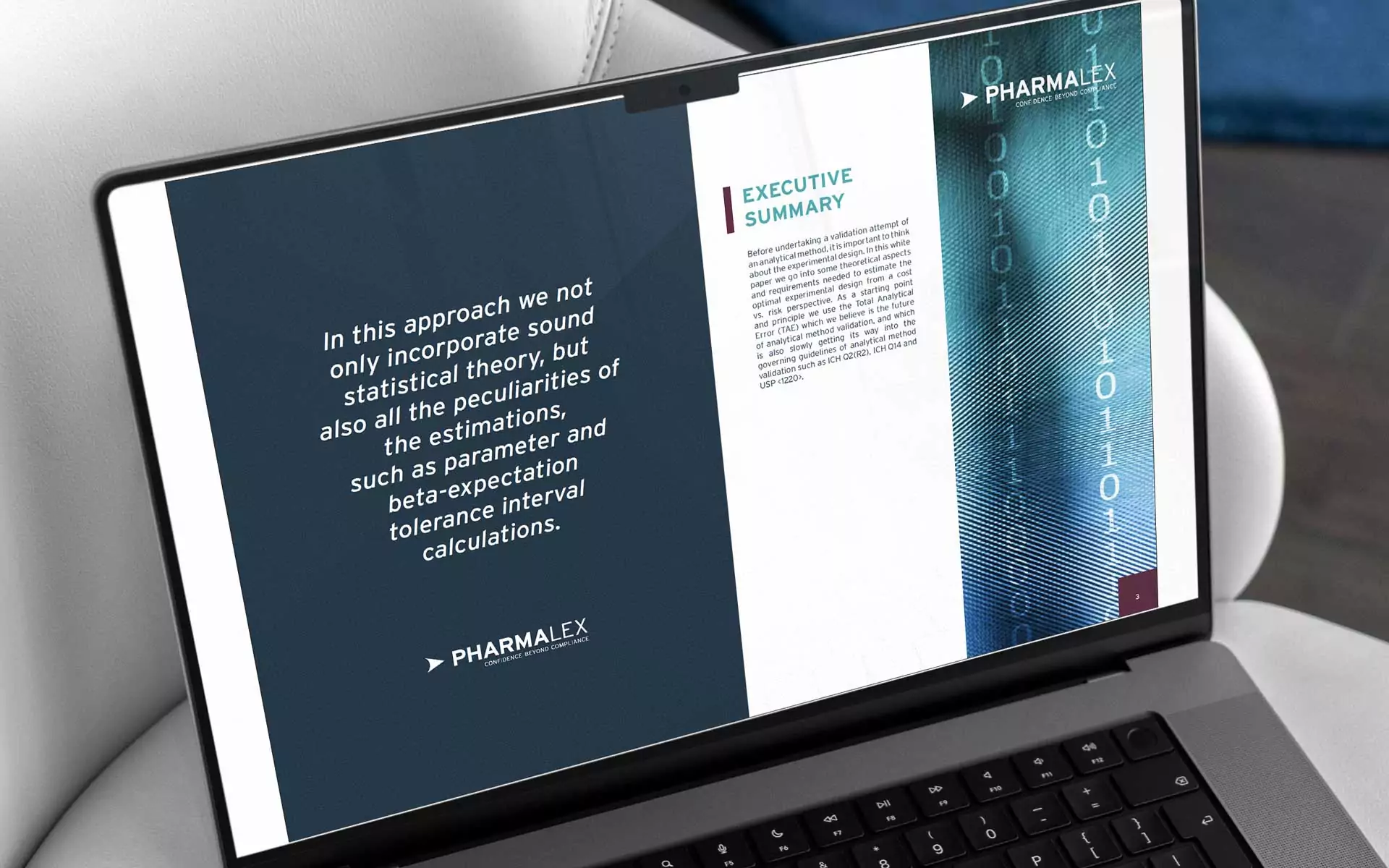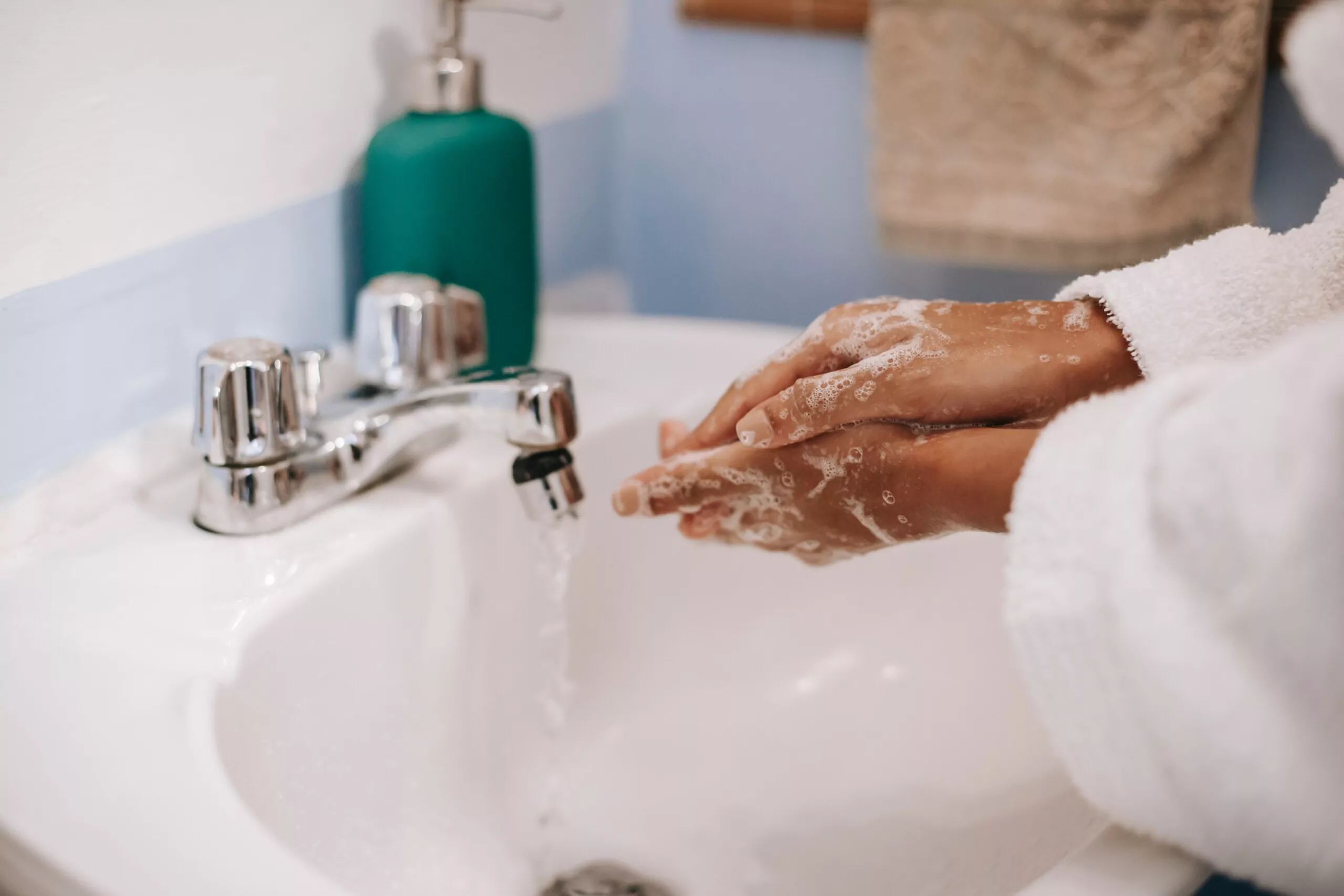Author: Jenny Lin
In May 2020, we looked at hand sanitisers and TGA’s exemption on certain formations in response to the COVID-19 emergency. As we are seeing an increasing number of corporations receiving big fines from TGA for unapproved advertisements with claims against the virus, this article explores TGA’s regulations on disinfectants which are essential to ensure your products are legally-supplied in Australia.
Between 26 March 2020 and 30 June 2020, TGA issued infringement notices totalling almost A$550,000 to 14 companies and four individuals with alleged breaches of the therapeutic goods related to COVID-19. These breaches include unlawful advertising or supplying of goods with claims to prevent or cure COVID-19. In Australia, any reference to COVID-19 and its related terms in the promotion materials are “restricted representations” which requires TGA’s prior approval. In most cases, these types of products are “therapeutic goods” under the Therapeutic Goods Act 1989.
How is your product regulated in Australia?
As opposed to “sanitiser“ that can be used on human skin, “disinfectant” is defined as a substance that is intended for use only on “inanimate objects” to kill micro‐organisms as per the Therapeutic Goods Regulations 1990.
Depending on the intended purpose (claims) made in the labelling, instructions for use and promotional material, a product may be classified as a general consumer good, an excluded/exempt good, a medical device or a listable disinfectant:
- Medical Device: Liquid, sprays, wipes and aerosols that are intended to be used on medical devices are classified as Class IIb medical devices. Cleaners that are used to clean medical devices but do not claim to be a “device disinfectant” are classified as Class I medical devices. Medical devices are regulated by the TGA and must be included in the Australian Register of Therapeutic Goods (ARTG) before being supplied to Australia.
- Listed Disinfectant: This category includes both hospital and commercial grade disinfectant liquids, sprays, wipes, sponges and aerosols that make “specific claims”. Specific claims are any biocidal claims other than antibacterial claims, including virucidal, sporicidal, tuberculocidal, fungicidal effects. These products are regulated as “other therapeutic goods” by TGA and require inclusion on the ARTG before being placed on the market. If a listed disinfectant is intended to be used on both general goods and medical devices, it would be regulated as a medical device; in such cases, strategic positioning of the products may be considered to ensure timely market entry.
- Exempt Disinfectant: This category includes both hospital and commercial grade disinfectant liquids, sprays, wipes, sponges, and aerosols that make non-specific claims and are:
- not intended for use internally or on skin;
- not intended for use on medical devices; and
- intended for use on inanimate objects such as curtains, carpet and benchtops.
Non-specific claims include, for example, “antibacterial” or “kill 99.9% of germs”. Certain bacteria names are also allowed on the label, such as E.coli and Pr.vulgaris, and Ps. Aeruginosa. TGA has a claim guide for listed and exempt claims. Exempt disinfectants must still meet all regulatory requirements including the TGA Advertising Code, SUSMP, and the Therapeutic Goods (Standard for Disinfectants and Sanitary Products) (TGO 104) Order 2019.
- Excluded Goods: This category includes disinfectant and sterilant gases, products used solely for antifungal purpose, products for treating drinking water only, products for cleaning contact lens, and goods registered under the Agricultural and Veterinary Chemicals Code Act 1994 which does not have disinfectant claims other than registered representation. These products are excluded from TGA scrutiny but may be required to meet relevant requirements under consumer legislation.
- General Consumer Goods: This category includes general cleaners in all forms without disinfectant claims and sanitisers which reduce micro-organisms other than viruses to a sanitary level. These products are not regulated by TGA but still need to comply with the Poisons Standard (SUSMP).
Information required to supply disinfectants to Australia
If your product is considered as a disinfectant, either listed or exempt, the following basic information should be made accessible to the TGA upon request:
- Product label
- Intended use
- Common name and trade name for the product
- Name and address for all manufacturers involved in each step of the production
- Formulation of ingredients including fragrances and colourants – all ingredients must be listed in the Australian approved names (AAN)
- Microbial efficacy data (non-specific claims) which adhere to the testing requirements as set out in the TGA Instructions for Disinfectant Testing
- Stability data – to the extent that it is available
- Toxicity data, where appropriate.
While an ARTG application for an exempt disinfectant is not required, TGA may request to access the above information if deemed necessary.
An application for a listed disinfectant requires submission of the above information to TGA. Additionally, the below files should also be made available:
- Quality control certificates and description;
- Safety data sheet (SDS);
- Records of complaints or adverse events; and
- Microbial efficacy studies relevant to specific claims which adhere to the testing requirements as set out in the TGA Instructions for Disinfectant Testing.
It should be noted that the actual information requested by the TGA may be a case-by-case scenario. For example, if a new chemical entity is involved, the regulator may ask to check stability data and toxicity data. There are also specific labelling requirements for both exempted and listed disinfectants.








